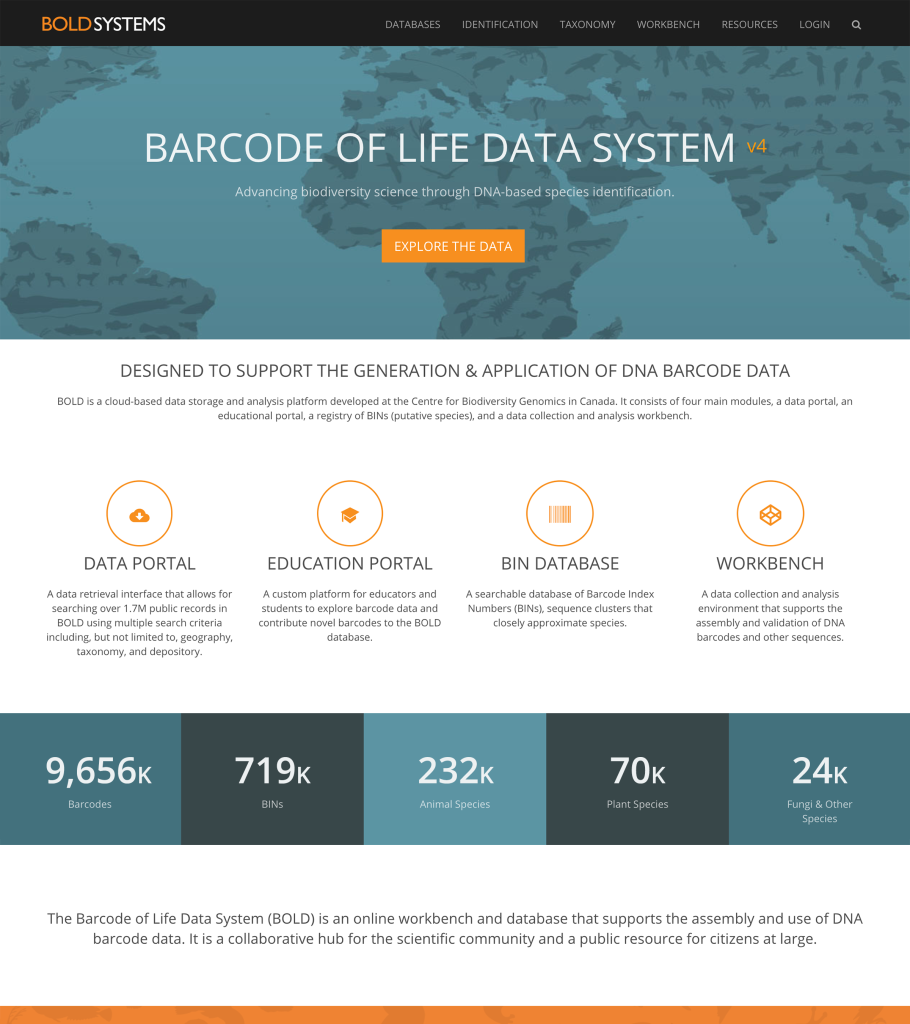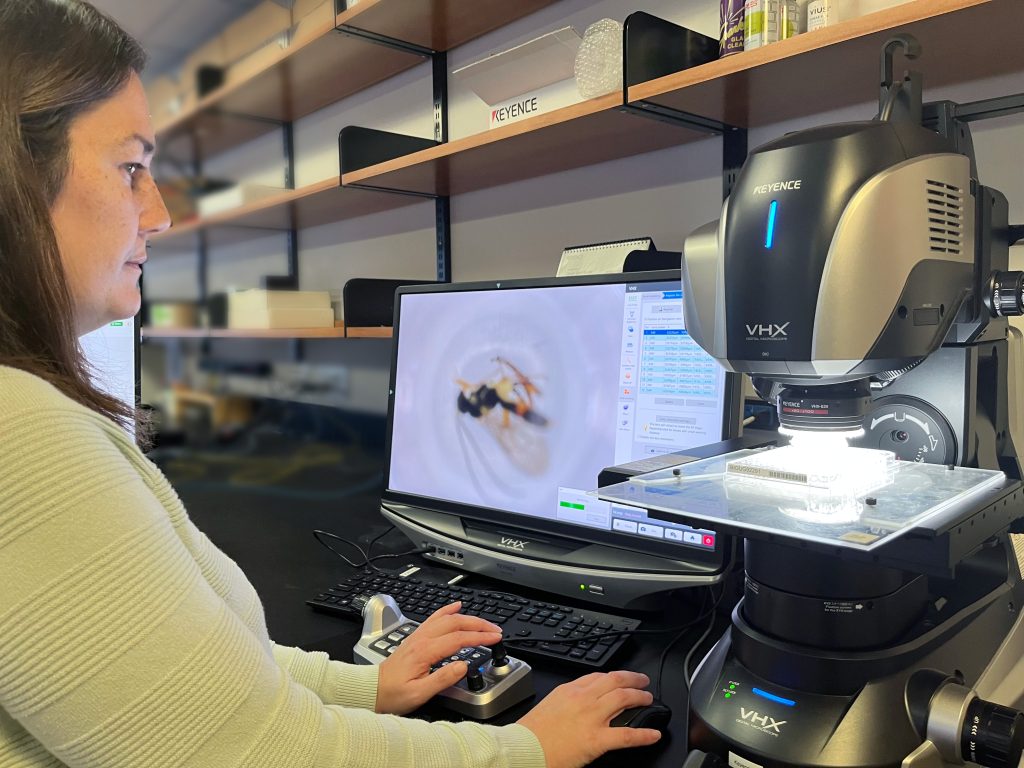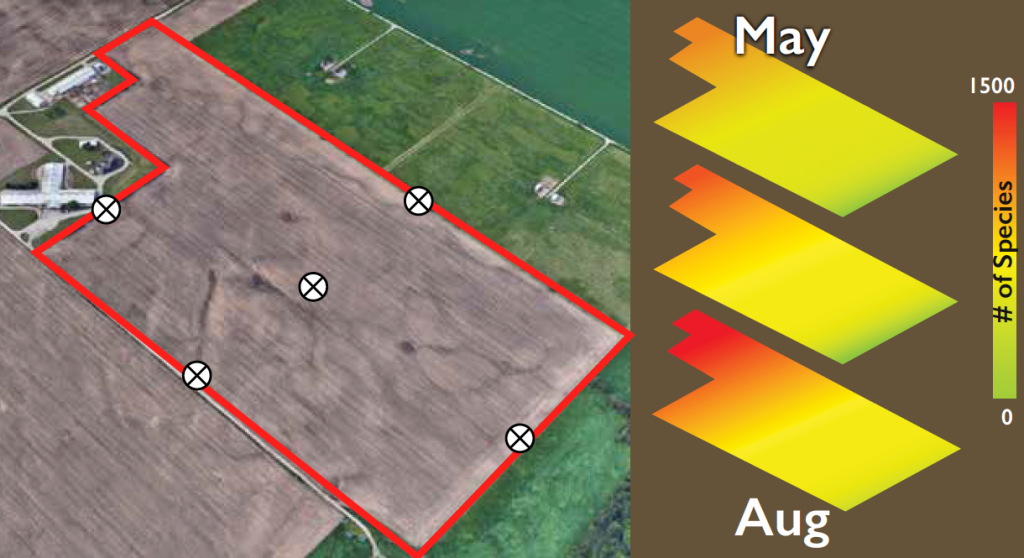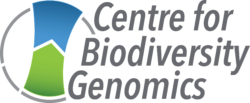Analytics
Supporting Canadian and international researchers in the generation and interpretation of high-quality publication-ready data
The Unit Manages
Data Analysis & Validation

Integrated Workflows & Validation Systems
Unique & Integrated Research Methods

Automated Data Mining & Machine Learning
Specimen Digitization

High-Throughput Imaging Protocols
Aside from digital SLR and conventional microscope-camera systems, our imaging team is using four Keyence VHX-7000 Digital Microscopes with fully integrated heads and automatic stages to permit high resolution (4K) microphotography of individual specimens. Because its scanning stage can hold a 96 well plate, the system can automatically acquire a high resolution image of each specimen by controlling movements in X-Y coordinates. With the current setup the team can gather about 3 million images per year.
These high resolution, in-focus, digital images of every specimen are ideally suited for the development of machine learning approaches that employ pattern recognition algorithms to automate a high-level taxonomic assignment (order, family) for each specimen.
Research Analytics & Visualization


